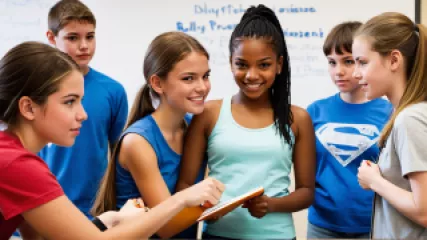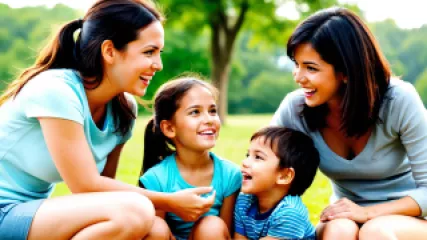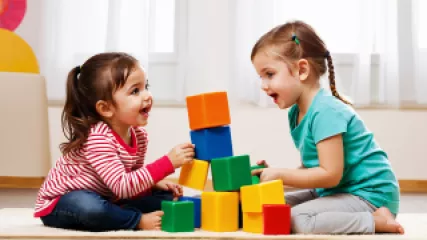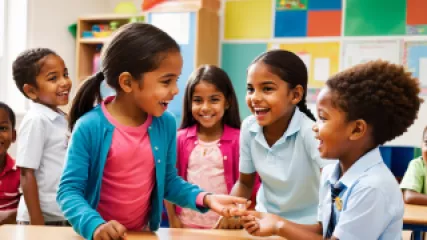In the tapestry of life, every thread intertwines to form the unique pattern that is you. My name is Paisley Rodriguez, and I believe in the powerful alchemy of integrating mind, body, and spirit to navigate the complexities of our existence. Over the last 12 years, my practice has been a sanctuary for those seeking to transcend the relentless competition among peers and to cultivate mindful communication with themselves and others.
Imagine a space where your voice is heard, your feelings are validated, and your spirit is nurtured. A place where the clamor of the world fades into the background, allowing you to connect deeply with your inner self. This is the environment I strive to create for each individual who walks through my door. With a heart full of empathy and a soul ignited by the desire to facilitate healing, I approach each session as an opportunity to weave together the scattered pieces of one’s life into a harmonious whole.
The journey towards self-discovery and transformation is not for the faint of heart. It requires courage, commitment, and an openness to explore the uncharted territories of one’s psyche. As we embark on this journey together, I offer my guidance, not as an all-knowing sage, but as a fellow traveler who has navigated her own path of personal growth. Through a blend of traditional therapeutic techniques and holistic practices, we will unlock the doors to your inner wisdom, empowering you to lead a life of authenticity and purpose.
The realm of peer competition is a labyrinth that can ensnare even the strongest of spirits. In our sessions, we will uncover the roots of these competitive urges, transforming them from sources of distress into catalysts for personal empowerment. By fostering an environment of non-judgmental understanding, we will dismantle the barriers that prevent you from embracing your true potential.
Mindful communication is the bridge that connects us to the world around us. It is the art of expressing our thoughts and emotions in a way that respects our own needs while honoring the perspectives of others. Together, we will cultivate this art, enabling you to navigate your relationships with grace, compassion, and authenticity.
As your therapist, my commitment is to walk beside you on this path of self-discovery, offering insights, support, and unconditional acceptance. Let us embark on this transformative journey together, weaving a new narrative for your life—one where harmony between mind, body, and spirit is not just an ideal, but a lived reality.















